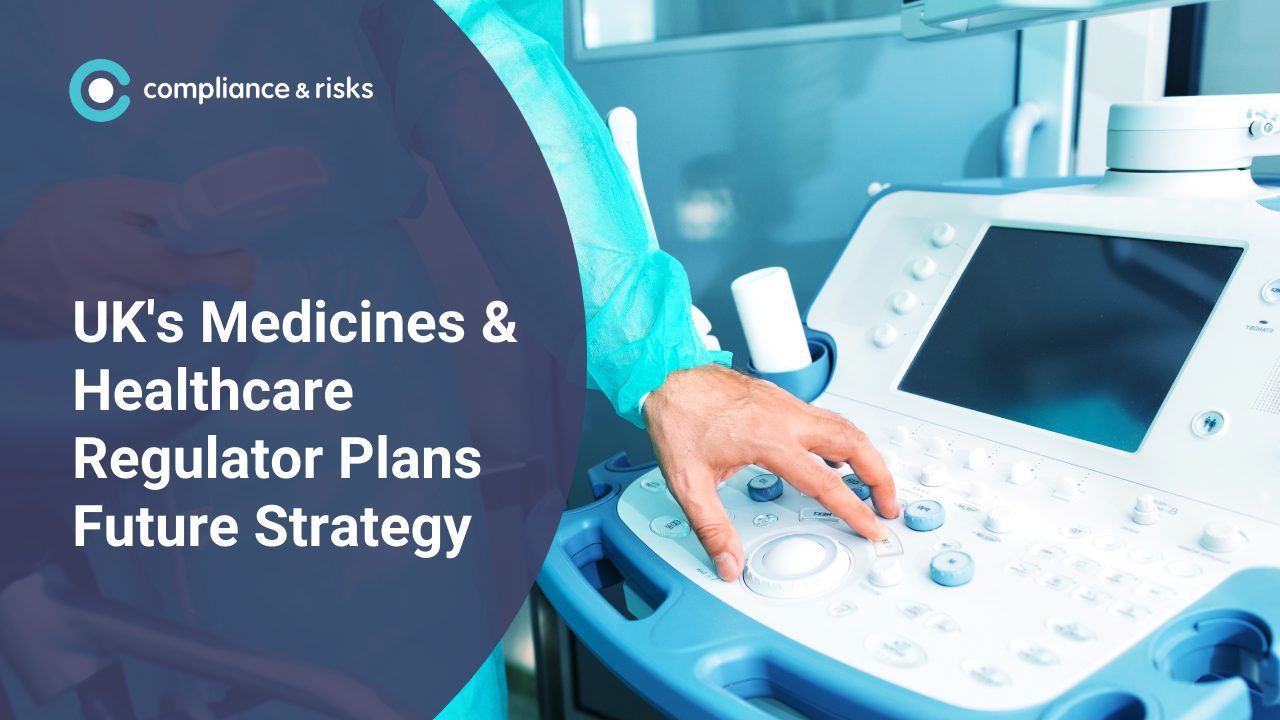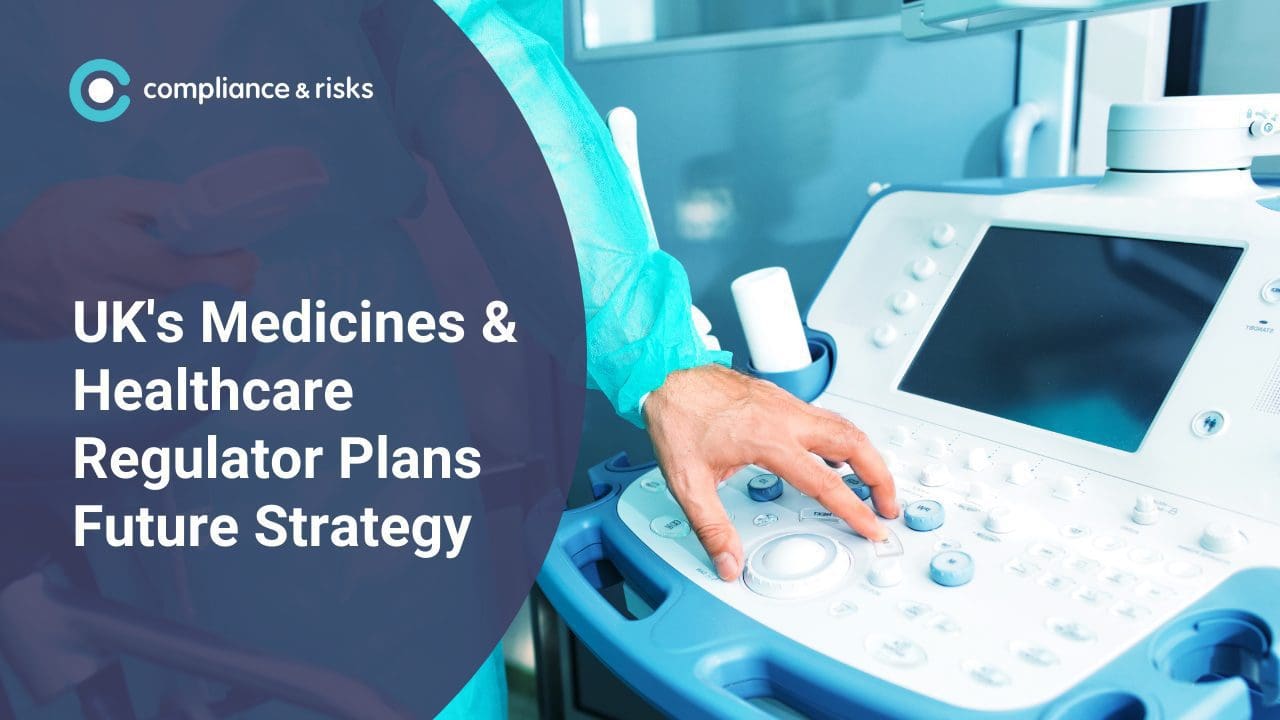
UK Medicine & Healthcare Regulator Plans Future Strategy

 Recently, the UK’s Medicines and Healthcare products Regulatory Agency (MHRA) set out plans to drive forward a new era in regulation. Its future strategy is outlined in its two year 2021-2023 delivery plan – Putting patients first: a new era for our agency.
Recently, the UK’s Medicines and Healthcare products Regulatory Agency (MHRA) set out plans to drive forward a new era in regulation. Its future strategy is outlined in its two year 2021-2023 delivery plan – Putting patients first: a new era for our agency.
The future strategy’s overall aim is to deliver meaningful outcomes for patients and the public after the Independent Medicines and Medical Devices Safety Review revealed a perceived weakness on the part of the regulator to listen to and respond to patients. It also sets out how the UK life sciences sector and health service will apply the lessons learned from the COVID-19 pandemic, and tackles Brexit related issues. Also in keeping with MHRA’s long tradition, it focuses on embracing the opportunity for innovation of medicines and medical devices.
Successful delivery of the MHRA’s plan will ensure it achieves its core and overarching goals: focusing on patient centered outcomes; protecting public heath through scientific excellence and regulation; and becoming a truly world-leading regulator.
To achieve its outcomes the MHRA has set out 14 objectives, each with strategic goals and time scales for delivery under the following 6 central themes:
1. Scientific innovation
- Develop and deliver world-leading research innovation by facilitating and publishing MHRA’s laboratory strategy and infrastructure, so that patients access the most advanced healthcare
- Drive the uptake of clinical trials system to support innovation and reduce time to approval
2. Healthcare access
- Develop and deliver the MHRA’s future plan and approach for access to medicines and devices to be brought to the UK market
- Ensure a ‘patient first’ culture and improving the delivery of services for patients by making patient involvement more eminent following the implementation of the Medicines and Medical Devices Act 2021
3. Patient safety
- Establish a new medical devices legislative framework to support safe innovation, covering all key aspects and guidance of ongoing access to products
- Ensure delivery of a more responsive safety and risk management process for all medical products, by enhancing a transparent reporting system
4. Dynamic organization
- Embed the delivery plan in staff objectives and implement organizational redesigns
- Deliver a programme to enhance the workforce and talent requirements, ensuring to attract, retain and develop talented staff
- Ensure to deliver a secure supply chain of high quality medical products through piloting voluntary “pre-inspection” checks, delivering the Great Britain Medicines Verification System, and embedding file-sharing platforms for remote inspections
5. Collaborative partnerships
- Establish new relationships globally across the health and care sector in order to make the most of new opportunities
- Enhance and integrate key partners in the UK healthcare system, with a particular focus on the NHS organizations to drive better outcomes
- Develop and deliver programmes of proactive and innovative means of communications that will help build public and stakeholder trust
6. Financial stability
- Establish a new future business model structure that increases income, reduces costs and improves productivity
- Deliver an optimized IT infrastructure to improve services to patients while reducing costs with fewer and more simple digital technologies
Evidently, the effects of this plan will have far-reaching consequences for all stakeholders in industry: from manufacturers and all supply chain actors, to notified bodies, governments, patients, medical professionals and society at large.
First, the MHRA’s plan underlines the importance of the patience’s perspective in both the delivery of medical services, but also in the efficacy and monitoring of the performance of medicines and medical devices.
The increased reliance on the MHRA’s Yellow Card system during the COVID-19 pandemic, to allow the public to report issues with healthcare products, is likely the first of many steps in empowering patients and the public to act as quasi-regulators themselves, in partnership with the MHRA. It is possible such a culture could also foster an increase in substantive product liability claims brought by those affected by incidents with medical devices or medicines in the UK in the future.
Second, an impact of this plan will be felt outside the borders of the UK. Given the timing of the implementation of the new EU medical devices regime, and the fact that the UK has not adopted the same, means this is one area of regulation in which there is an immediate and notable departure between the EU and UK position.
As foreshadowed in the MHRA’s plans, the UK clearly do not intend to retain the older version of the EU laws which are currently in force as a result of the timing of Brexit. Instead, it is apparent the UK are intending to produce a new system.
As the drafting of such legislation comes at a time when the UK has exited the EU, it is likely that this legislation will be a sign of things to come in respect of the nature of product safety regulation in the UK. Given the reputation of the UK in medical devices and medicines regulatory matters overall, it’s also highly likely the new regime will be heralded internationally as an exemplar system as the UK is.
Want more expert insights from our global Knowledge Partner network? Sign up to our newsletter!








